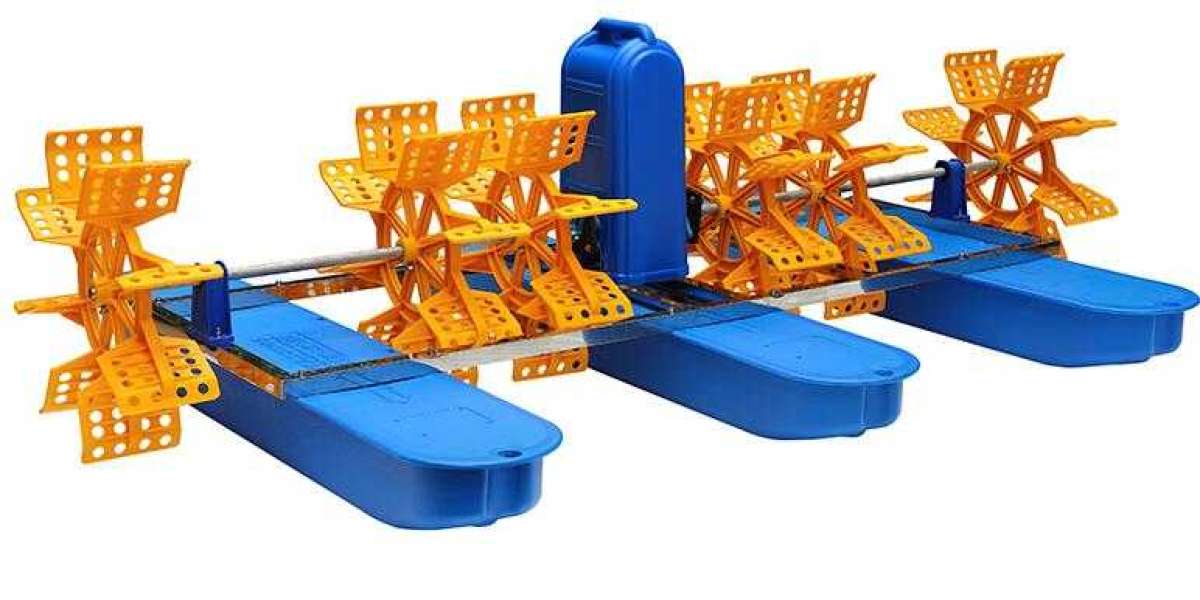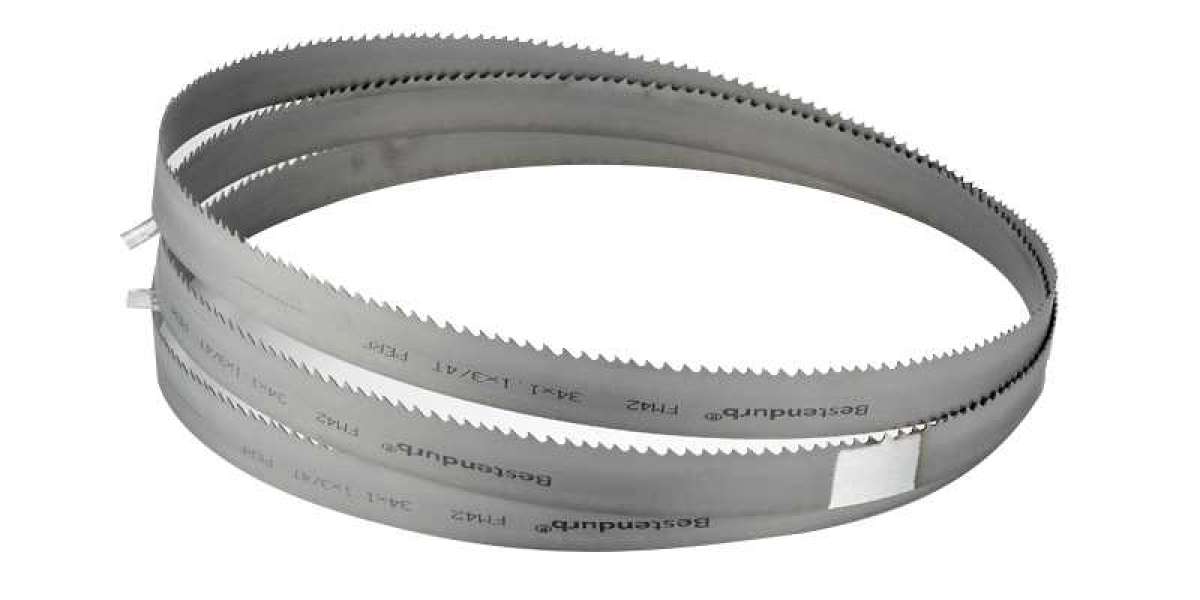The paddle wheel aerator is one of the most common types of large pond aerators. It works by creating a strong horizontal circulation current. It is commonly anchored to the pond bank and powered by an electric motor. It is designed to produce a wake up to 50 meters behind it.
A high-quality paddlewheel aerator should have an efficient motor and excellent reducer design. This ensures that oxygen transfer is not compromised by aerator wear and tear. In addition, the aerator should be placed in a dependable location to avoid problems during critical times. It is also important to check the oil level before starting up. A good unit will transfer about 1.5 to 2.5 pounds of oxygen per hour.
The paddles on a paddle wheel aerator can be triangular, rectangular, or curved. The cross-section of the paddles can vary from 2 to 4 inches wide. They are attached to the drum in a staggered pattern. The drum can rotate at speeds between 70 and 120 rpm. In general, increasing the speed of the hub will increase the efficiency of the aerator.
The standard oxygen transfer rate (SOTR) of a paddle wheel aerator is measured as the number of pounds of oxygen per horsepower. This rate can be increased by increasing the depth of the paddles. The greater the depth of the paddles, the more energy it takes to operate.
The standard oxygen transfer rate can also be increased by increasing the rotational speed of the aerator's hub. Most PTO-driven units operate at a paddle depth of 3 to 6 inches. However, they are more versatile than other aerator designs.
Several commercial paddlewheel aerators offer adjustable paddle depth to maximize energy usage. In addition, many Asian-made units have problematic components and limited warranties. It is therefore essential to check out aerator reviews before making a purchase. A good unit will have a high efficiency rating, which means that it will be able to transfer about 1.5 to 2.5 pounds of oxygen per hp of horsepower.







